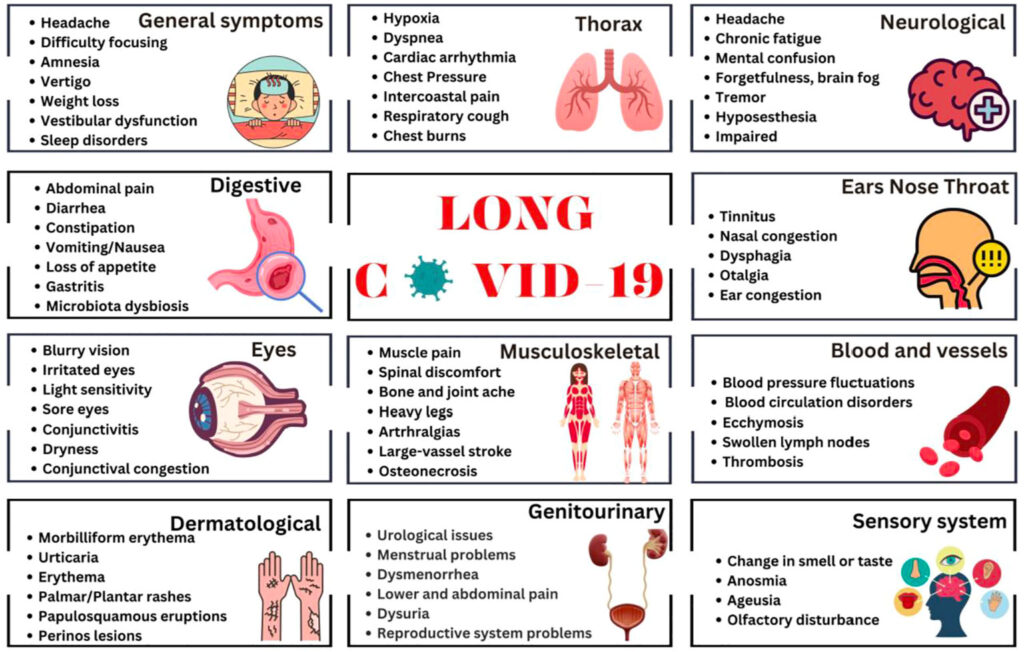
Introduction
The COVID-19 pandemic has continued to impact public health beyond its initial outbreak in 2019. As the virus evolves, understanding the symptoms associated with COVID-19 in 2025 has become increasingly important. With new variants emerging and vaccination efforts ongoing, many Canadians are seeking up-to-date information on what symptoms to watch for in themselves and their communities.
Evolution of Symptoms
Since the early days of the pandemic, the symptoms of COVID-19 have evolved significantly. Initial common symptoms included fever, cough, and loss of taste or smell. However, by 2025, health authorities have observed shifts in symptomatology. According to the latest data from the Public Health Agency of Canada (PHAC), many individuals now present with milder symptoms akin to those of a cold or flu, including:
- Fatigue
- Runny or stuffy nose
- Headaches
- Muscle aches
- Gastrointestinal issues
Moreover, while the classic symptoms remain relevant, health experts advise that unusual symptoms such as skin rashes and conjunctivitis are also being reported, particularly among younger populations.
Increased Testing and Awareness
With the increase in milder symptoms and the prevalence of asymptomatic cases, public health agencies have emphasized the importance of ongoing testing. Rapid Antigen Tests (RATs) have become accessible throughout Canada, aiding in the quick identification of COVID-19 cases. Medical professionals recommend that anyone experiencing symptoms, even if mild, should consider testing to help monitor and control outbreaks effectively.
Conclusion
As we progress through 2025, understanding COVID-19 symptoms remains crucial for individual health and public safety. Staying informed about evolving symptoms and adhering to public health guidelines will help Canadians navigate this ongoing challenge. Ongoing vaccination campaigns, alongside heightened awareness of diverse symptoms, will play pivotal roles in managing the impact of COVID-19. It is vital for individuals to remain vigilant, seek testing when symptomatic, and comply with health recommendations to protect themselves and their communities.



